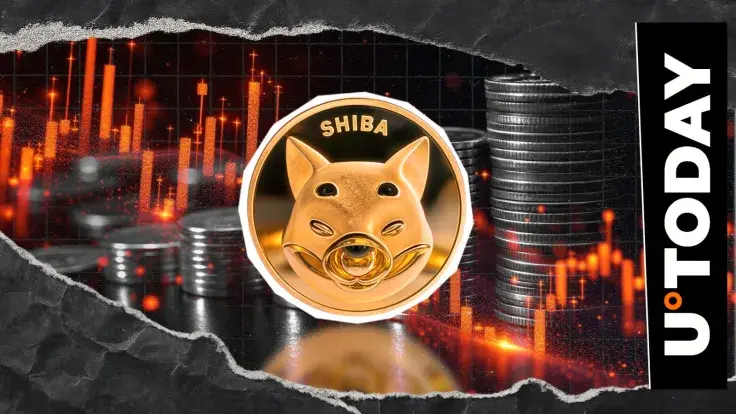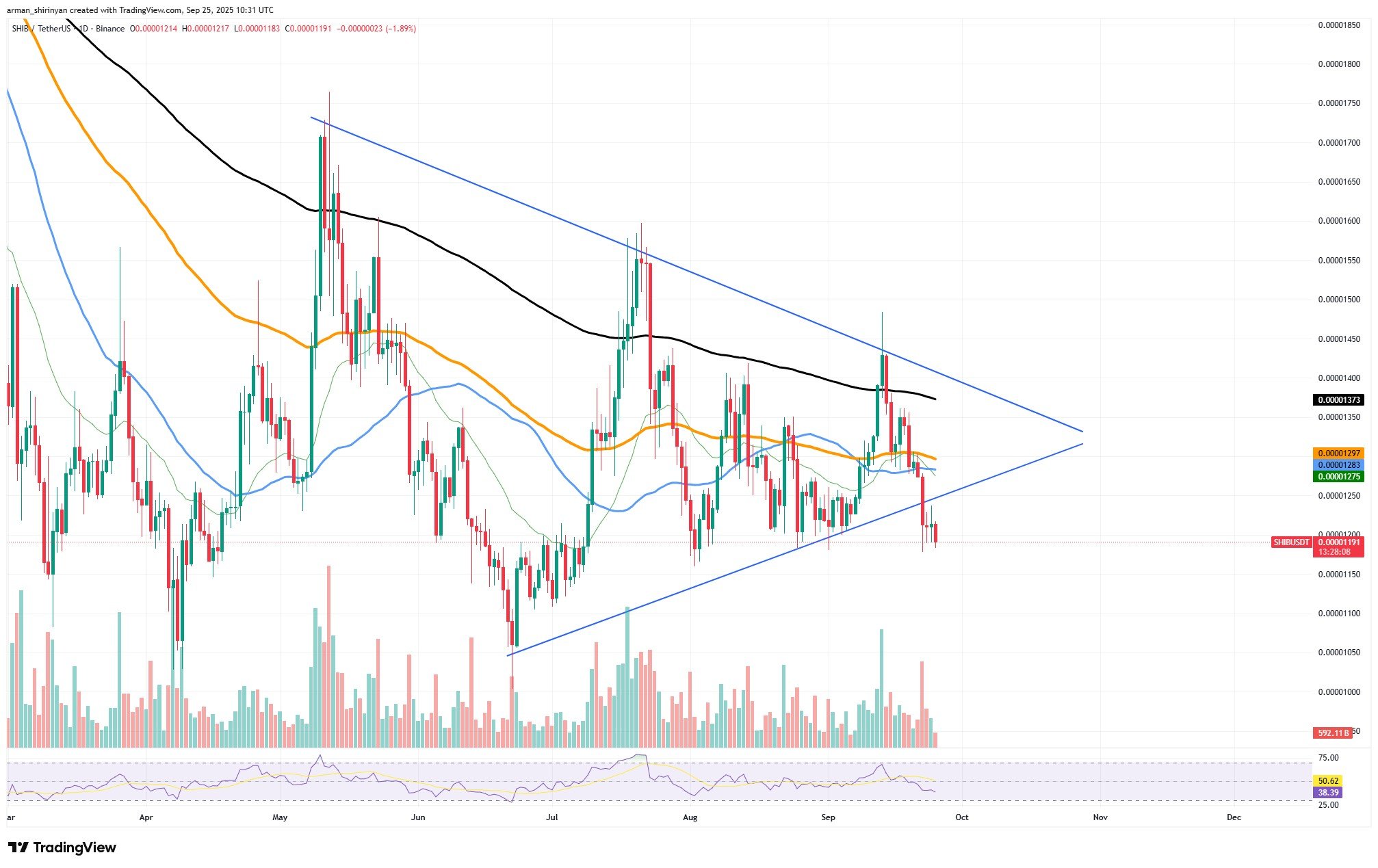
Disclaimer: The opinions expressed by our writers are their own and do not represent the views of U.Today. The financial and market information provided on U.Today is intended for informational purposes only. U.Today is not liable for any financial losses incurred while trading cryptocurrencies. Conduct your own research by contacting financial experts before making any investment decisions. We believe that all content is accurate as of the date of publication, but certain offers mentioned may no longer be available.
The dynamics of Shiba Inu on exchanges have been changing dramatically in recent weeks, with almost one trillion tokens leaving centralized exchanges. This significant outflow reveals a larger trend on the SHIB market: selling pressure is not being restored, and liquidity is drying up.
Shiba Inu supplies dry up
When traders are getting ready to sell their holdings, large exchange inflows usually signal impending sell pressure. But in the case of SHIB, inflows are still very low. It would appear from this that holders are either transferring tokens to cold storage or are just unwilling to sell their holdings at current prices.

In the medium term at least, the lack of selling supply might be seen as a vote of confidence because both retail participants and whales appear to be holding firm. There is more to this story though, as fewer buyers are stepping in as a result of low inflows. In the absence of consistent new demand, the market might go into a protracted consolidation phase.
SHIB above key zones
In actuality, this frequently results in less volatility because neither buyers nor sellers have the firepower to cause significant price fluctuations. Technically speaking, SHIB remains slightly above the $0.000012 support zone. A contracting triangle pattern can be seen in the chart's structure, and the token is having trouble staying above the 50, 100 and 200 EMA long-term moving averages.
Because of the market’s indecision, momentum indicators like the RSI stay neutral to bearish. There are two possible outcomes for SHIB from this disappearing act on exchanges. A sharp rally could be triggered by the reduced supply on exchanges if demand increases even a little.
However, SHIB may enter a low-volatility phase that irritates traders seeking fast moves if buying interest remains stagnant. Therefore, the trillion-token crash from exchanges is more about setting the stage than it is about instant fireworks. SHIB is getting harder to come by on exchanges as the market tightens.
 Tomiwabold Olajide
Tomiwabold Olajide Vladislav Sopov
Vladislav Sopov Caroline Amosun
Caroline Amosun